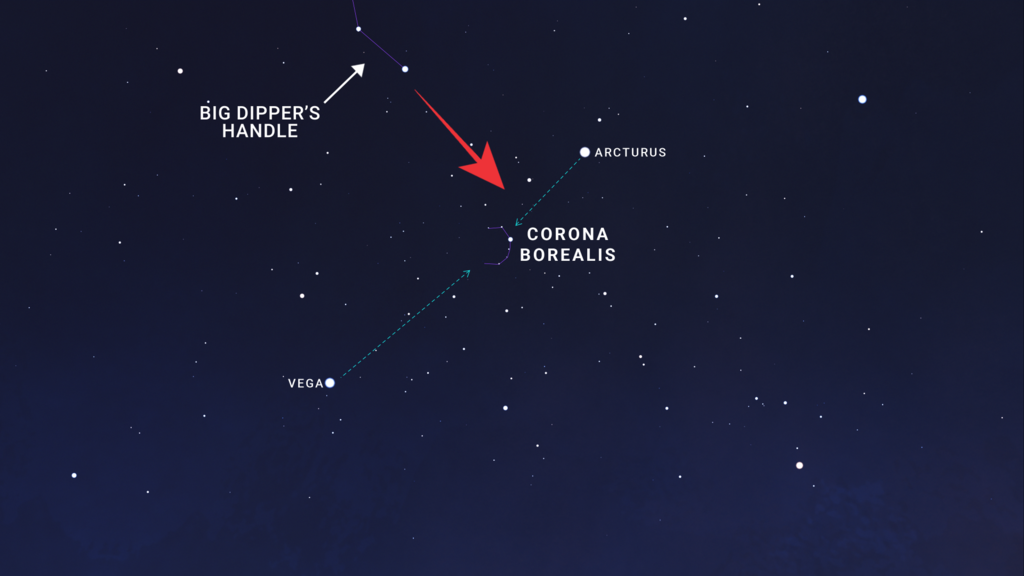On late May nights, right after sunset, one can observe one of the most remarkable and brightest stars in the night sky. Its color is amber-orange, its light is relatively steady – almost non-twinkling – and it is positioned high in the southeastern sky. Its name is Arcturus, and it is not only a prominent point of light during this season but also carries an extraordinary story etched into the history of science and culture.
On May 27, 1933, precisely at 9:15 PM Chicago time, the lights of the World’s Fair in the city – Century of Progress – were illuminated using the light of Arcturus. The idea was not only technological but also symbolic: at the previous fair held in the city in 1893, Chicago presented a vision of a scientific and technological future. Forty years later, the organizers of the fair wanted to highlight this progress using a beam of light that had begun its journey exactly then – from that distant star.
At that time, it was estimated that Arcturus was 40 light-years away from Earth. Therefore, the light that left it in 1893 was expected to arrive precisely at the moment of the opening in 1933. At the Yerkes Observatory in Wisconsin, astronomers directed telescopes toward the star, captured its light, and converted it into an electrical signal. The signal was transmitted via telegraph lines to the fair's lighting system, where, in front of thousands of spectators, the lights were turned on in an event that garnered widespread media attention.
This gesture – using the light of a distant star to mark a local event – was extraordinary and reminiscent of the Olympic torch relay as a symbol of continuity. However, in this case, the torch traveled through space for decades without passing from hand to hand. Even though we now know that Arcturus is 36.7 light-years away, and the light that arrived in 1933 actually departed in 1896, the symbolism remains intact.
Arcturus is a red giant in the constellation Boötes (the Herdsman). It is estimated to be about 7 billion years old, and it is 25 times larger than the Sun. The intensity of the light it emits is 170 times stronger than that of the Sun, making it the fourth-brightest star in the night sky.
Get the Ynetnews app on your smartphone: Google Play: https://bit.ly/4eJ37pE | Apple App Store: https://bit.ly/3ZL7iNv
From a physical perspective, Arcturus is similar to our Sun – but it is at a more advanced stage in its life cycle. While the Sun is still burning hydrogen in its core, Arcturus has already completed this phase and expanded. Researchers view it as an example of how the Sun will look in the future, when it too becomes a red giant.
Because of its high position in the sky during this season, Arcturus appears almost steady to the naked eye – unlike most stars lower in the sky, which seem to twinkle due to their light passing through layers of the atmosphere.
The easiest way to locate Arcturus is by using the constellation Ursa Major (the Big Dipper):
- Locate the Big Dipper in the north-central sky.
- Follow the arc of its handle with your eye (indicated by the white arrow in the diagram above).
- Continue the arc in the same direction – and it will lead you directly to Arcturus.
- During the late hours of the night, it gradually moves westward, and in the early hours of the morning, it will appear closer to the northwest.


